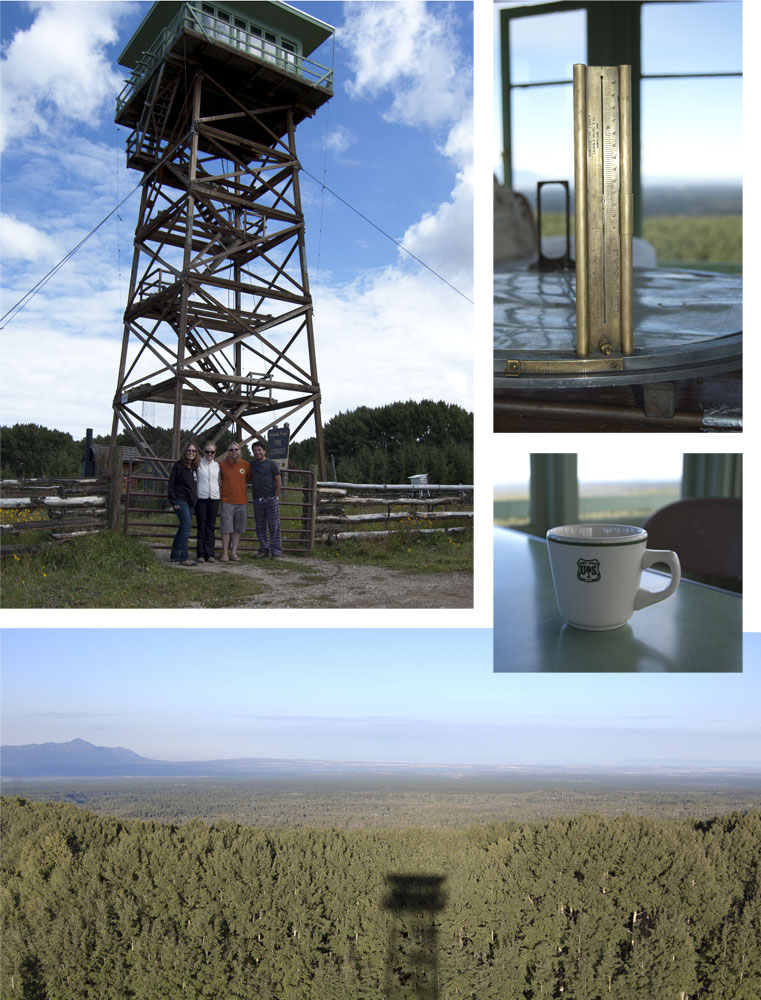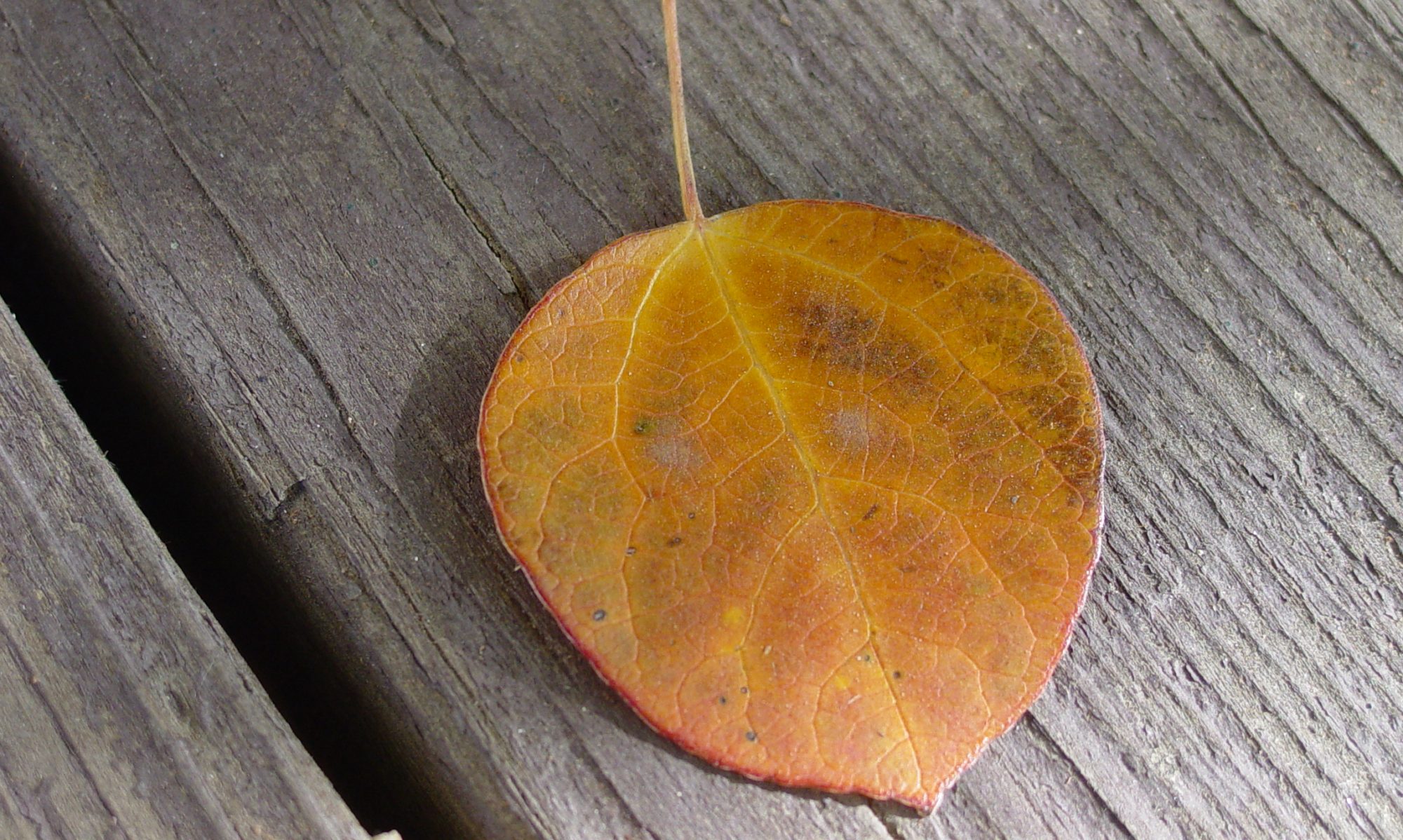Today, the 416 fire north of Durango has doubled in size to 16,000 acres.
It’s that time of year again. Fire season has come early to Pagosa country this year. I started to write this as Archuleta County enacted Stage 1 Fire Restrictions and campgrounds opened at the beginning of May—the earliest we can remember for restrictions. Usually primitive campers, we camped for the first time in a local paid campground so meals could be cooked over a small campfire or in the dutch oven.
We often snowshoe through William’s Creek campground in the winter when no one is there or have parked and sled the dogs on the road, back in the good old days. Seeing it without the snow, I was impressed by the size of the campground and the number of sites with primo creek access. This early in the season, we had our pick.

Stage 2 restrictions were in place by the end of Memorial day weekend. Along the lines of more earliest-year-ever, we headed to our favorite spot up Mosca for the long weekend. This road isn’t often open/passable this time of year. We had to dig out the propane Coleman stove and change our meal plan as there were no fires allowed in primitive camping under Stage 1. Even at the end of the road, a PFPD patrol passed us, a welcome site.
Preferring to cook over our Trangia, which is not permitted now under the Stage 2 restrictions, we’re looking at adding a new stove option, as we love the convenience of cooking over denatured. The difference in a new stove, would be one with a valve that would meet with the more strict restrictions. Something we may have to consider as we think about a long-haul summer trip to Alaska. What if you’re passing thru an area with Stage 2 restrictions, and ya gotta cook ramen for the night? Doubt it’s a necessity. I’d eat a sandwich; but what if you’re in it for the long haul?
For now, we just aren’t camping. We stay home and daydream about camping by writing this blog…I digress.
Now they’re talking Stage 3, closure. This is unprecedented for the Pagosa Ranger District.

We’re no strangers to fire in the landscape. Our first full summer here was 2002, when the Missionary Ridge fire rained needle ash on us, and the Million Reservoir fire forever changed the landscape. We wondered what we had traded the tornadoes of Arkansas for.
In 2012, the Little Sand Fire left an amazing scar that we wonder at every time we drive up Mosca. The West Fork Complex dominated the skyline in 2013 and terrified me the most.
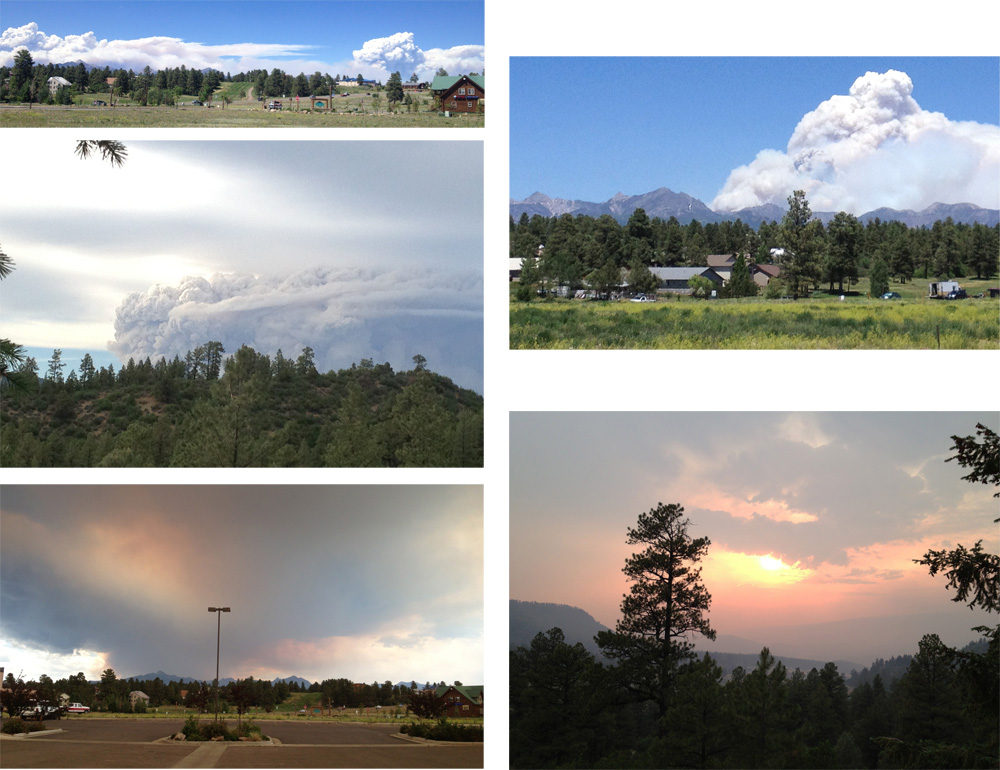
Literally watching from our front door in 2015, we observed aircraft dropping retardant and smoke jumpers being dropped on what I think was dubbed the Little Devil Fire.

We were detoured on our trip of the National Parks when a fire closed the highway in Yellowstone in 2016 and were on our way to Durango the morning #416 began nine days ago.
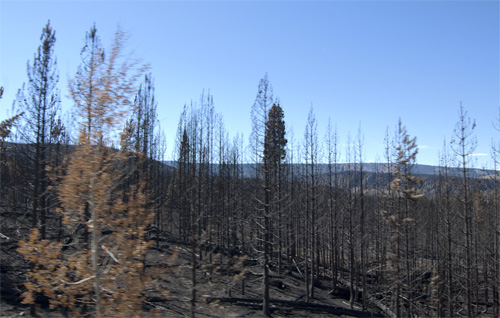
BTW, one of the best resources for local fire information is KSUT’s Wildfire Resources page.
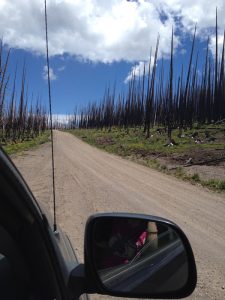
It’s heartbreaking to see your favorite places first die off in painful ways, slowly or suddenly as beetles and drought do their work. It is scary when those place dissolve to ash. Yet we’ve seen them afterwards, skeletal remains standing where they flourish on the edges as things start over again. Usually these are the best places for wildflowers and berries, which means wildlife.
Recommended reading, Fire Season: Field Notes from a Wilderness Lookout by Philip Connors. We first found this book in Durango at Maria’s bookshop—need to restock this one in my library.
